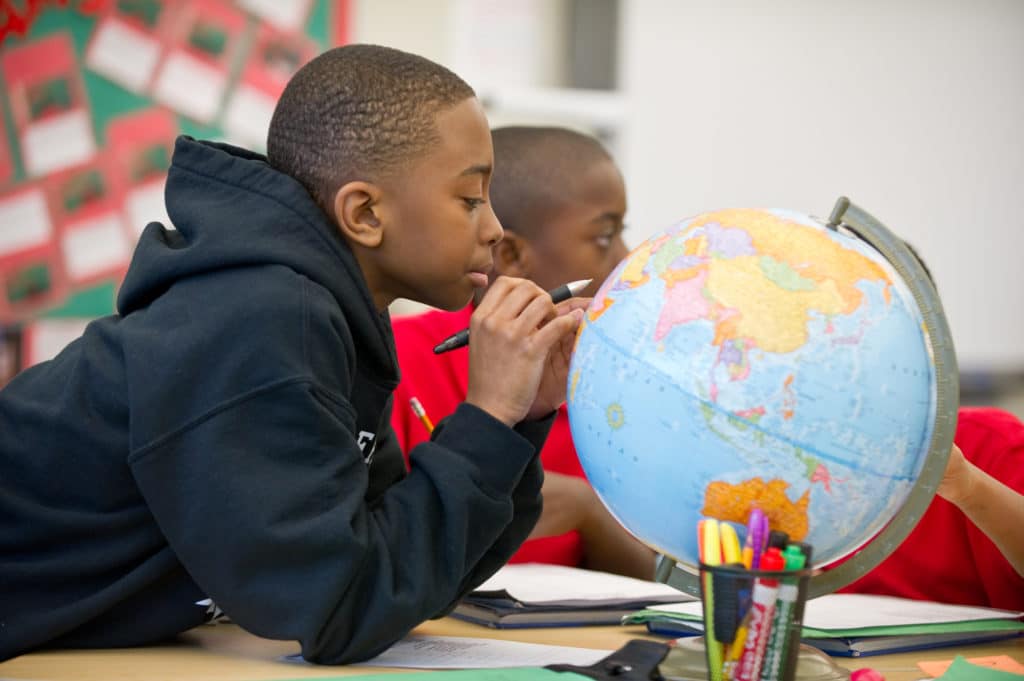
“Helping others in need” is a theme I like to use for focusing classroom activities with upper-grade students. The recent Asian tsunami disaster offered a good opportunity for an activity. It connected to the interest in world events typical of these older students and gave them a chance to practice their developing leadership skills.
I would start an activity related to the tsunami by saying, “I believe that helping others is admirable and a rewarding experience. This skill is helpful in all aspects of our lives. What do you think we could do to help the tsunami victims?”
We would look up the word “tsunami” and check an atlas or the Internet to see the affected geographic locations. Students would then make helping suggestions. Through guided discussion or a vote, we would decide which suggestion to pursue. We might choose individual actions, such as having each student “adopt a needy brother or sister” to whom s/he could send books, money, or clothing and perhaps letters and photos. Or we might work as a class to plan a bake sale or other money-raising event and use the money to buy school supplies for a storm-damaged school. Later, we would have a follow-up discussion on how our efforts to help were working out.
This kind of activity lets students practice empathy and cooperation, bolsters academic skills as they learn a bit about different world regions, and gives a sense of control important to this age group. All of these things together can help enable students to become our future leaders.
Formerly a middle school teacher, SiriNam S. Khalsa now serves as an inclusion coach in the Springfield School District in Massachusetts. He is the author of The Inclusive Classroom: A Practical Guide for Educators (2nd ed.) from Good Year Books and of Differentiated Instruction: How to Reach and Teach All Students from TEACHINGpoint.